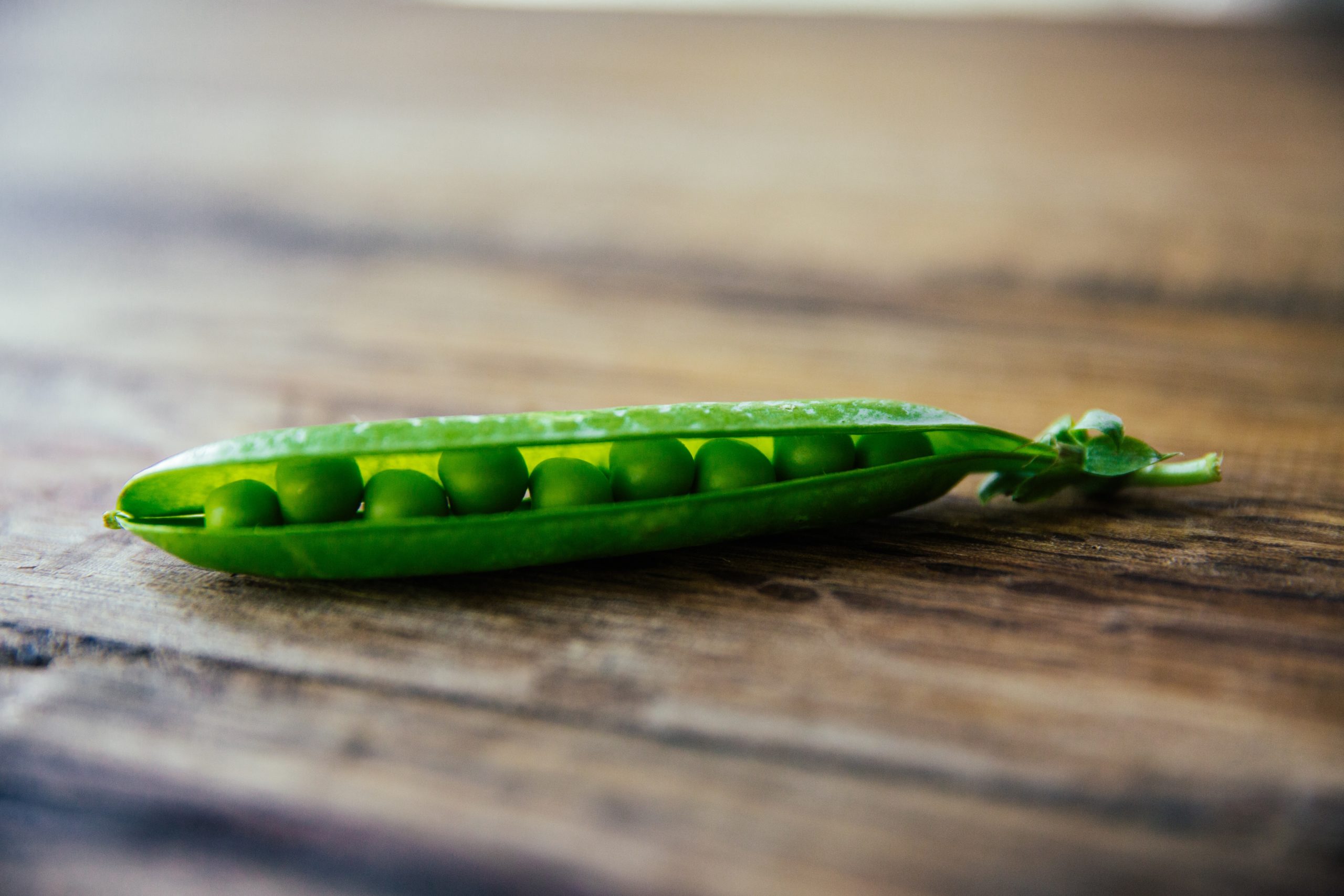
I feel like we are in the middle of an energetic piece of music. Every instrument is playing and playing hard and I while I can play almost every instrument, I have been relegated to the position of Maestro because of my knee injury!
I don’t relish that spot. I much prefer to be a part of the orchestra and conduct on the side. But as with most things, when your attention is divided, so is the work and so is the result. I am still working around the farm—mostly checking on what to do next, picking a few berries, monitoring the health of the crops, what needs water, what needs weeding, what is going in the ground next and when and what we will harvest in the near future.
As with most good pieces of music, the Farm season starts out slow. First, the planning, studying and selecting the vegetables: How will I modify the system this year? What works best for our farm, climate, crew? So many pieces before a single piece of dirt is plowed. As with most things, a little planning goes a long way and a lot of planning can really help.
I will say that with farming, though planning is critical, you hold onto them loosely because farming is a living system and is impacted by the weather in a very real way. As an example, last year it stopped raining June 15th and started raining September 15th. This year it didn’t rain in May and mostly rained in June. On the farm that means it has been a great year for lettuce, beets, peas, but cucumbers and tomatoes are not as happy. Of course, this year I planned for a lot of tomatoes. I still believe we will get a hot summer and my tomato crop will come.
The planning is done for the year. Now we are modifying the plan. Currently, I am weighing whether to plant a Fall crop of leaf lettuce or let the season play out. I will probably do both—some more plantings, but not as much. That’s primarily due to more warm weather, but also school starts up and fall soccer kicks in which can make it hard to find enough help to weed and harvest.
But for now, it’s all hands on deck. It is the busiest time of the season. The local crops are being harvested daily and delivered to you as fresh as possible. My poor packing crew. They almost run the other way when I roll in from the farm or neighboring farms, because they know that I will bringing something that needs to be fit into the menus, something that’s fresh, nutritious and just needed to be picked!
I love this season, but when Fall rolls around, I am more than ready for the Farm to quietly resolve and end peacefully. Although this year as your fulltime Farming Maestro I am not sure what that season will look like, I imagine that in September I will already be thinking about January’s planning of next year’s Farming season. Hopefully, with a fully functioning knee!
Tristan
Your Farmer and Community Health Activist


